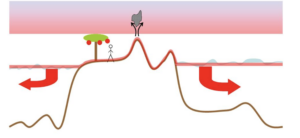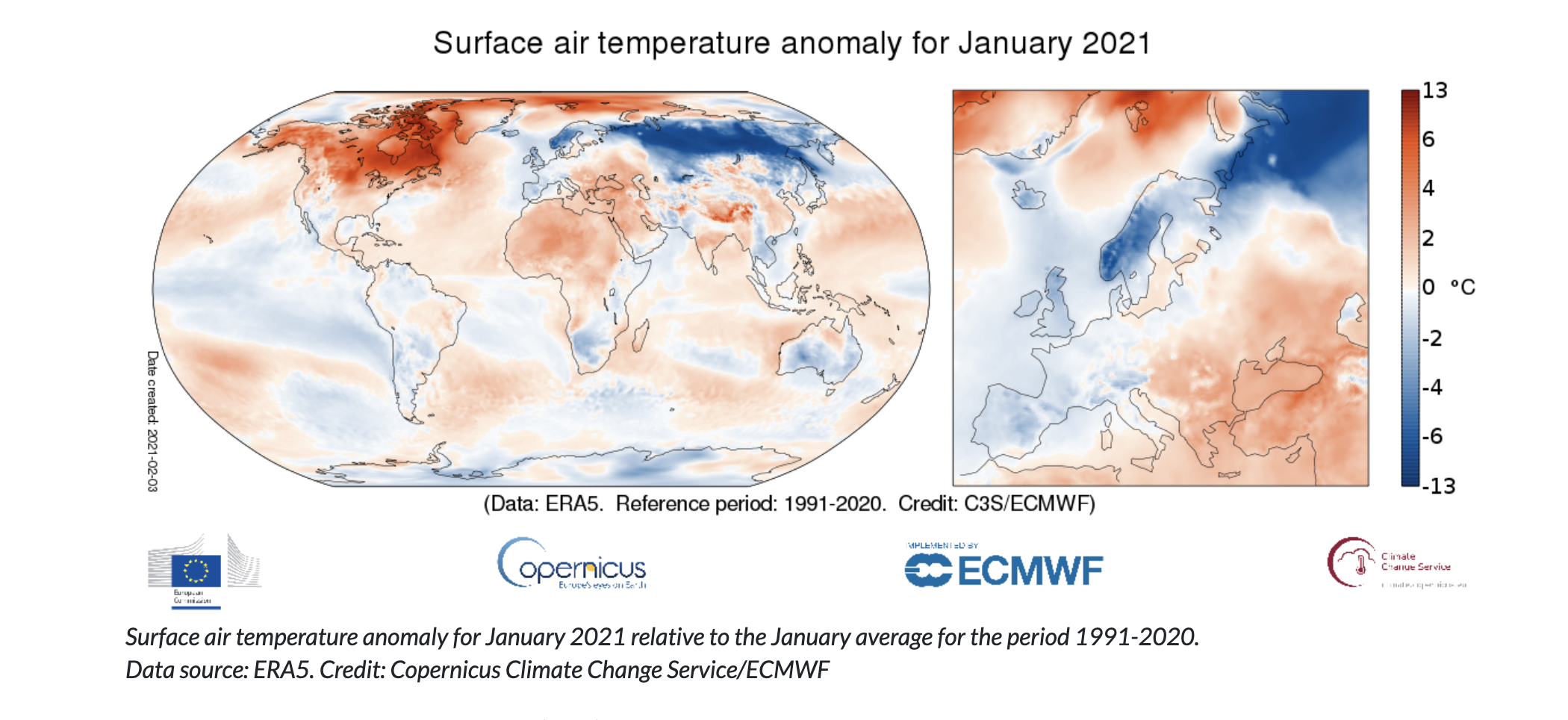Any comments?
As a climate scientist who writes about our changing world, I receive emails, comments, and social media posts each time I publish. Yes, I get the occasional hate mail, but that is not the subject of this article.
I get a specific type of mail from people who have thought deeply about climate, climate change, and science. I have received entire books to review, including from alumni. Some of these documents include detailed mathematical analysis. Most suggest that climate scientists have not considered — or have chosen to ignore — key evidence that proves climate science is flawed in some fundamental way. Some of my critics feel climate scientists have overcomplicated our environmental situation when simple, natural solutions abound.
Others accuse climate scientists of dishonesty. In this case, the scientists are promoting an agenda to control vast aspects of the world and its economy. This one always gives me pause: Most scientists resist organization and feel nothing but disdain for management. Ruling the world is not on the agenda.
I make it a point to investigate every claim I receive from an observer who suggests scientists have failed to consider a potential cause of climate change. In all cases, I can find literature where such an issue has been considered. Take cosmic rays, for example. In these cases, I usually pass along a few references for the writer to investigate. I also remind the writer that climate change is a counting problem in which, most fundamentally, we count energy (heat). And, that when we account for the particular issue they have suggested, it is considered insignificant when compared to warming from greenhouse gases.
That said, I also confess to them how much uncertainty exists in climate science. Scientists always are reconsidering their accounting.
The class of “things that climate scientists are accused of ignoring” often includes water vapor, the sun, and clouds. I find these statements absurd because each of these elements is fundamental to climate science. One aspect of these accusations is worth mentioning, however. Often, the critic will cite a paper from 50 or 60 years ago that mentions an aspect of climate science that was not considered at the time because of its complexity, computational cost, or the design of the simulation study. People presume these items have been ignored in the ensuing years, and conclude climate is simply too complex to understand and, hence, we are always at the whims of fate.
Predictable flaws
Lately, most of the correspondence I receive concerns ice age cycles and the surface air temperature record (dating to 1880).
The arguments I’ve seen, however, often reveal predictable flaws.

Rood invites scientists and other observers to visit OpenClimate.org to see the science he uses in his climate change problem-solving course.
A common presumption is that ice age cycles are both natural and, often, mysterious. Indeed, there are many natural cycles in climate and climate science. However, they can be studied, the accounting of energy can be done, and plausible descriptions of behavior described. In other words, their mystery can be understood. The other flaw in these cycle-based arguments is that they tend to make an absolute, one-to-one correlation between carbon dioxide and temperature. There is not such an absolute correlation, and climate scientists do not maintain that there is.
When observing and reporting on the atmosphere, it is common to regard surface air temperature as a fundamental measure of climate while ignoring other measures and sources of information. Most of the heat accumulated by the Earth goes into the ocean. So, if one were to choose a single metric for atmospheric study, it might be wisest to consider oceanic heat content. However, this perspective is as flawed as the one that only considers surface air temperature.
Surface air temperature varies for many reasons on time spans that are relatively short compared to climate change (days, seasons, years, decades). Indeed, some of the most important variations in surface air temperature are related to the variability of the sea surface temperature. Hence, fluctuations in the air are related to some of that stored heat leaving the ocean and returning to the atmosphere.
As with the ice age cycle, the variability within the surface air temperature record since 1880 is not fundamentally mysterious. Again, it is understood by an accounting of heat and comparing the causes of heat coming into and being removed from the atmosphere. This accounting shows that much of the year-to-year and decade-long variability can be related to phenomena such as El Niño/La Niña, the Pacific decadal oscillation, and volcanic eruptions.
Despite our best efforts, we do not adequately explain the variability in every single instance. However, the size of those inadequacies pales in comparison to the warming we have observed since 1980. The recent warming is only explained as the outcomes of humans’ alteration to the climate. Carbonbrief.org offers some interesting figures and analyses.
I invite scientists and other observers to visit OpenClimate.org to see the science I use in my climate change problem-solving course. Check the sections on Uncertainty and Natural Climate Variability, where you will find a lecture on Internal Variability and Surface Temperature Observations. I welcome your questions, opinions, and feedback.




Michael Slaughter - 1974
I am a retired high school physical sciences teacher. Many times I have tried to explain to students and adults some of the basic ways the study of overall climate variation is approached by scientists in the field. I start with the most fundamental idea: scientists are using certain techniques to carefully measure how much energy is coming into earth and how much energy goes back out or stays through natural (non-human) processes. Whatever extra energy shows up sticking around as “heat” on earth must come from human activity. Eyes glaze over. And what I call the “Junior High School effect” takes over for the 95% of the population without serious science and mathematics training. Science geeks are not like the rest of us. They’re weird. How can they be trusted? How can they possibly measure all that stuff so it comes out right? All we’ve got is that temperature and weather are becoming stranger in a lot of easily perceptible ways for most people so that sooner than later they just might allow that the scientists are on to something.
Reply
Richard Rood
Hi,
your “junior high effect” is interesting. I know the “weird” and “different” thing, but I had never taken that to how can they be trusted.
One of the things I am most proud of is my helping some amazing high school teachers at the Battler Creek Math and Science Center put together a set of courses on climate change. Admittedly, this is a school where students are predisposed to science and math. However, the first term of the course was amazingly successful.
They sponsored a symposium, and I think that lectures are on line. https://www.hsclimatesymposium.com/
Their teacher, Tim Muhich, posted the lecture on line. https://www.youtube.com/channel/UC806TECTbw8WDKvpslrOrpw
Thanks for you comment.
r
Reply